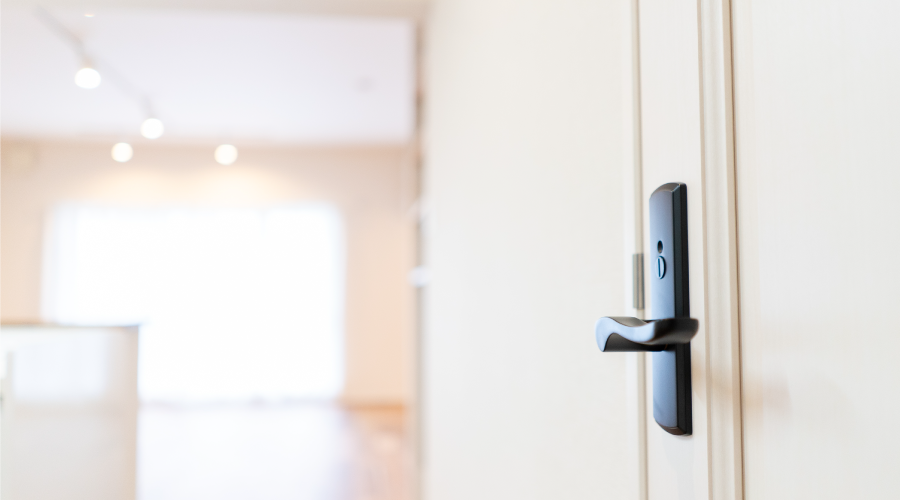Seeing LEED Benefits in Door Hardware Products
The task of earning LEED certification might seem overwhelming, but it does force facilities to rethink nearly all of their operations. For managers involved in the process, it means looking carefully at the potential contribution of all facility components, including door hardware.
“Any non-architectural hinge, like a continuous hinge, is two points (toward certification),” Dalton-Noblitt says. “They can add up quickly if you think about every opening you have in a building.”
Released in November 2013, the latest version of the rating system expanded the impact of door hardware on certification.
“The newest version of LEED is starting to look at the life-cycle assessments of products, not just recycled content,” Smith says. “They might look at how a product was extracted, the manufacturing process, the use phase. That starts to lend itself toward cycle counts of hardware, durability, and end-of-life impacts. It’s a more holistic view of products.”
Given these changes in the rating system, manufacturers are seeing renewed interest from managers who are more often specifying products with sustainability — and more — in mind.
“I think the majority of facility managers are looking for trouble-free products first,” says Steve Payette with Select Hinges. “These days, a truly sustainable product has a long life cycle with low maintenance. Sustainable and trouble free are beginning to take on the same meaning.”
Related Topics:













